Acoustic and shock wave simulation in Abaqus
The study of mechanical waves in gases, liquids, and solids, including issues like vibration, sound, ultrasound, and infrasound, is the focus of the physics subfield of acoustics. A shock wave is a sort of disturbance that propagates across a medium faster than the local speed of sound. Acoustic range, acoustic location, SONAR, seismology, acoustic emission, vibration analysis, engine testing, process control, ocean acoustic tomography, and bioacoustics are common acoustic applications. Acoustic Abaqus simulation is fully discussed here.
In this tutorial package, you will learn the simulation of acoustics Abaqus with four practical examples. In the first workshop, the non-linear finite element method has been used to analyze the deformation behavior of a stiffened panel subjected to underwater shock loading. Dynamic analysis is appropriate for this type of phenomenon.
In the second workshop, hydraulic forming is investigated. This procedure converts electrical energy into mechanical energy using an electrical discharge within a liquid medium. The water between two electrodes evaporates as a result of a strong electrical discharge, which also creates a plasma channel that causes a high-speed shock wave to propagate in the direction of the workpiece.
Terrorist bombing assaults or unintentional explosions are posing a serious threat to infrastructure, including significant commercial, military, and civilian infrastructures. Therefore in the third workshop, Failure modes of concrete gravity dams simulation exposed to the underwater explosion are studied.
Increasing the payload of a crew and essential equipment while simultaneously reducing the weight of the pressure hull and strengthening it to withstand explosive loadings is one of the key issues facing submersible designers. So, the simulation of hull Coupled acoustic-structural response subjected to underwater explosion is modeled in the fourth workshop.
You can learn more details about the workshops in the description below.
Workshop-1: Deformation behavior of a stiffened panel subjected to underwater shock loading using the non-linear finite element method
Stiffened panels have been widely utilized in the main structure of ships and undersea vehicles due to their higher strength-to-weight ratio. As a result of the total hull-girder bending moment or torsion, the loads operating on a stiffened panel of a ship are in-plane compression or tension, shear force as a result of the hull-girder shear force, and lateral pressure as a result of the external wave or shock loading. The naval ships’ structures must be built to withstand shock loads brought on by weapon hits in today’s sea battle, where strike power has significantly grown. Studies analyzing a structure’s dynamic response to shock loads frequently use numerical modelling, analytical, and experimental techniques. When a conventional high-explosive or nuclear weapon explodes underwater, the quick release of energy creates a shock wave and a superheated, highly compressed gas bubble in the surrounding water. In this tutorial, the non-linear finite element method has been used to analyze the deformation behavior of a stiffened panel subjected to underwater shock loading. Dynamic analysis is appropriate for this type of phenomenon.
Workshop-2: Acoustic method-based numerical simulation of the electro-hydraulic forming process
This Acoustic Abaqus tutorial uses the ISI paper to validate the numerical modeling of the electro-hydraulic forming process using the acoustic approach.
One of the techniques that are well regarded among automotive experts is electro-hydraulic forming. This process is referred to as “high strain rate forming.” This procedure converts electrical energy into mechanical energy using an electrical discharge within a liquid medium. The water between two electrodes evaporates as a result of a strong electrical discharge, which also creates a plasma channel that causes a high-speed shock wave to propagate in the direction of the workpiece. The sheet enters the die cavity as a result and gets the appropriate form. The necessity for a punch is eliminated by transmitting the force through the liquid medium. Due to its non-sensitivity to conduction, this technique can create a variety of metals, unlike electromagnetic formation.
Water and a blank are modelled as three-dimensional parts in this tutorial. For metal plates, Johnson-Cook based on paper and elastic-plastic have been used.
This kind of analysis is ideal for dynamic Explicit method. Die and blank are in surface-to-surface contact, and blank and water are tied together. The water component is responsible for the acoustic interaction. Consideration is given to the fix condition for the die and the acoustic boundary for water. Maximum displacement, tension, and strain can be accomplished during the simulation. The maximum dome displacement has been confirmed, and the value obtained from the simulation is equivalent to the paper value.
Workshop-3: Failure modes of concrete gravity dams simulation exposed to underwater explosion
Terrorist bombing assaults or unintentional explosions are posing a serious threat to infrastructure, including significant commercial, military, and civilian infrastructures. This is because of the rising tensions around the world. People’s interest in the research on structures’ anti-knock safety is growing. The bulk of high dams are being built or will be built in order to satisfy the steadily rising demand for power, irrigation, and drinking water. High dams may likely be a target for terrorists given their major political and economic benefits, as their potential collapse could result in a financial catastrophe, a large number of victims, and considerable media attention. Since the terrorist attacks on September 11, there has been a rise in public anxiety over the possibility of bomb assaults against dams. As a result, safeguarding dam structures from blast loads is a crucial part of homeland security. To assess the antiknock safety of concrete gravity dams exposed to underwater explosions, research on the failure modes and antiknock performance is essential. Even though the physical processes that take place when an explosive detonates in water and the shock wave propagation are incredibly complex, the subsequent response of the dam when it is subjected to explosion shock loading is significantly more difficult than it is when it is subjected to static or earthquake loading.
Three-dimensional components were employed in this simulation to model the dam and the river. It is essential to apply an adequate material model to take damage into account in order to determine the optimal behavior for concrete under high strain rate and significant stress. It has been utilized with a dynamic explicit step and UNDEX method.
The distribution of damage is clear throughout the process, and it may be altered by altering the amount of TNT used or the location of the source point, which serves as the TNT source.
Workshop 4: Simulation of hull Coupled acoustic-structural response subjected to underwater explosion
One of the main challenges facing submersible designers is to increase the payload of a crew and necessary equipment while simultaneously reducing the weight of the pressure hull and strengthening it to withstand hydrostatic pressure, underwater explosive loading, and other environmental loadings. The pressure hull, which usually makes up one-fourth to one-half or more of the total vehicle weight, is a crucial component of any submersible. Small submersibles employ a variety of pressure hull designs. (Acoustic Abaqus)
The main threat to ships and submarines comes from non-contact underwater explosions. Thus, two categories—near-field explosion and far-field explosion—are used to describe non-contact underwater explosions that cause damage to submerged structures. This kind of simulation is excellent for dynamic explicit analysis. I hope you have got enough information about the acoustic Abaqus simulation; if you have any questions about this tutorial, contact us via online chat here on the left side of the page.
It would be helpful to see Abaqus Documentation to understand how it would be hard to start an Abaqus simulation without any Abaqus tutorial.
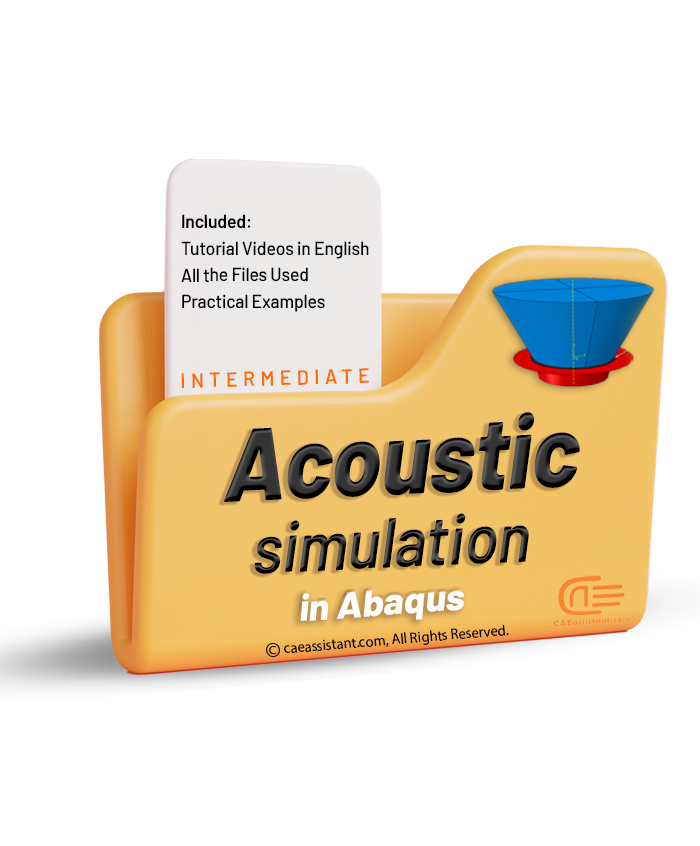
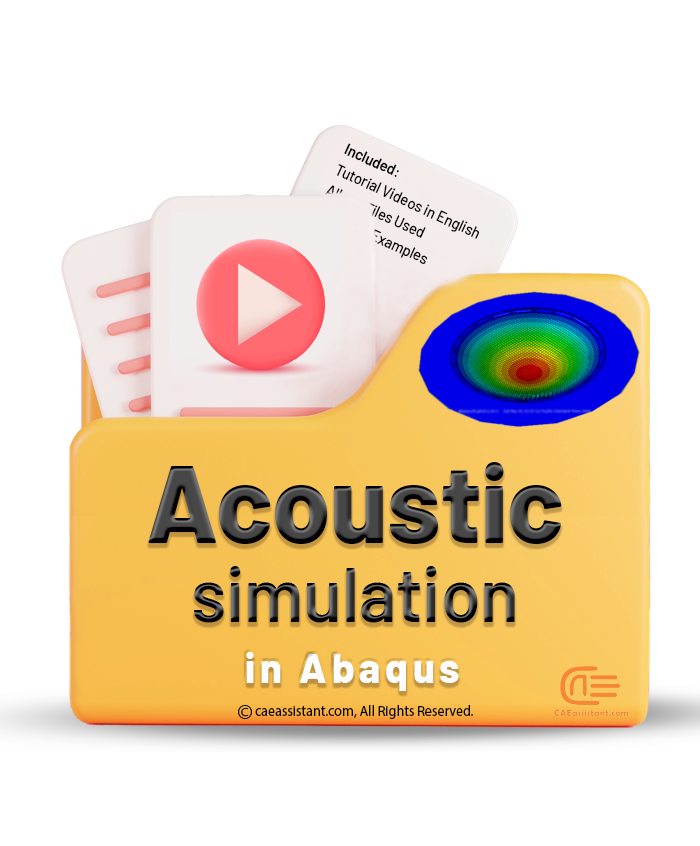
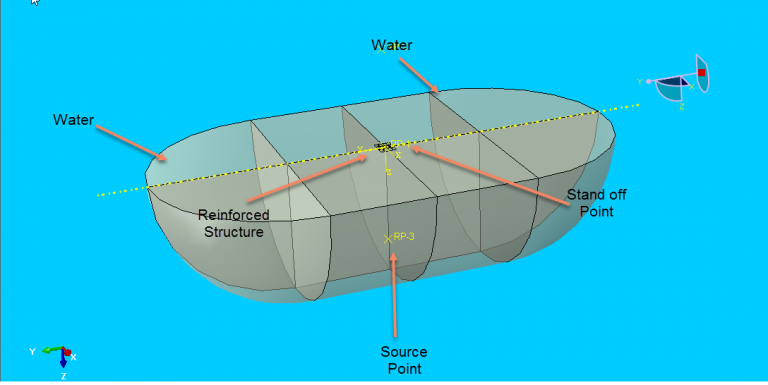
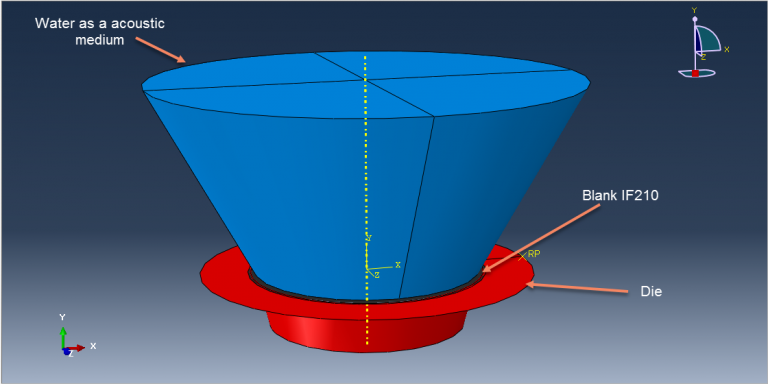

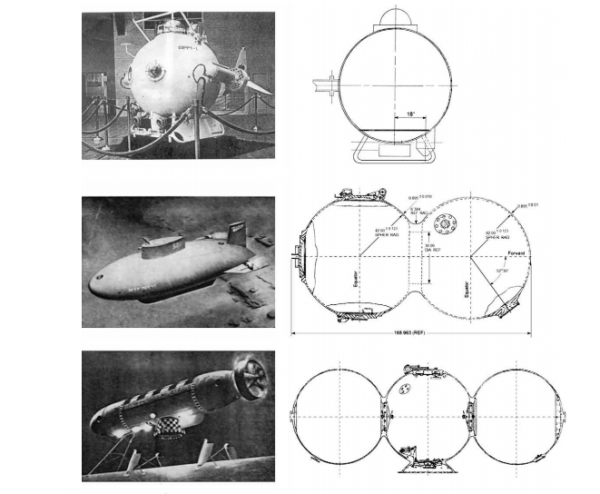
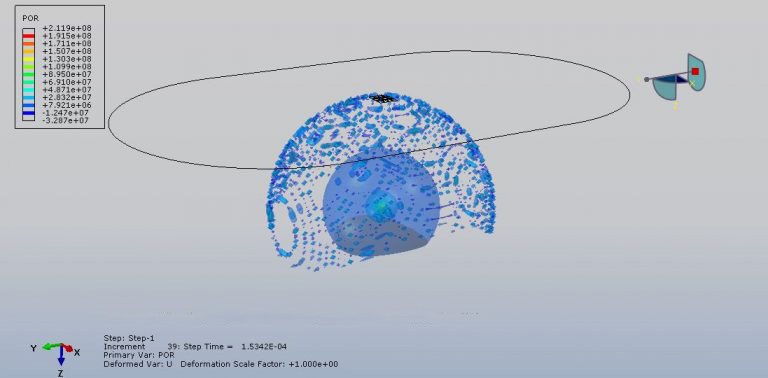
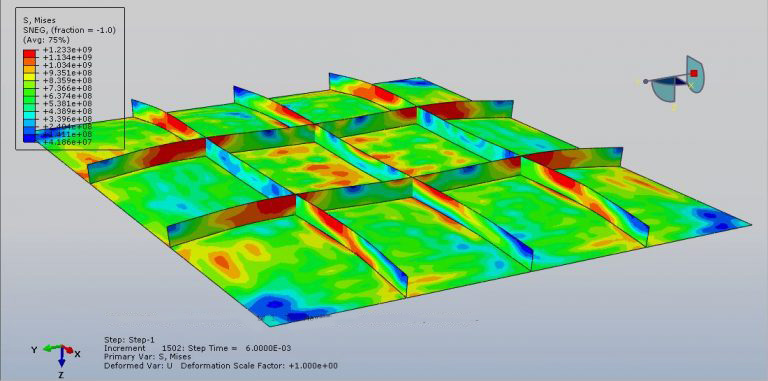
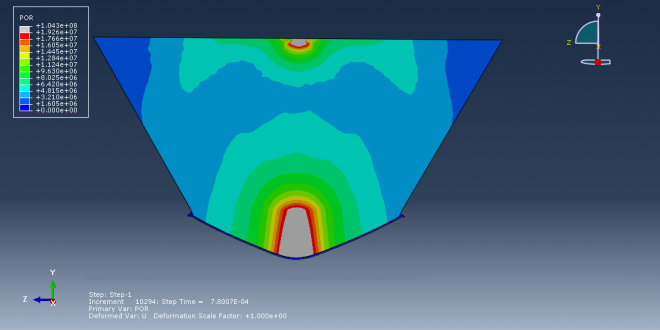
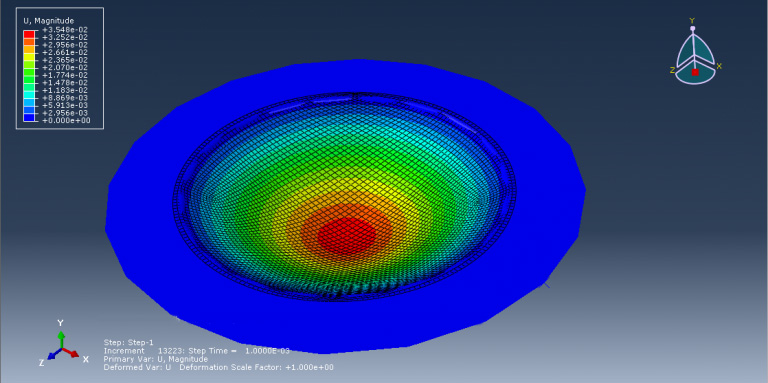

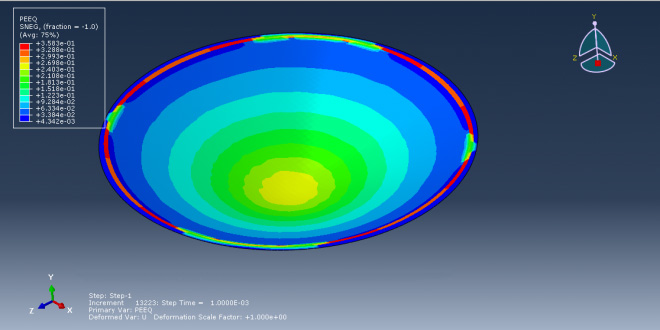

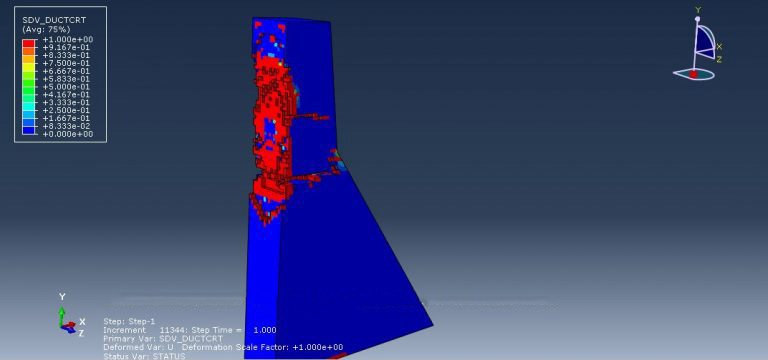
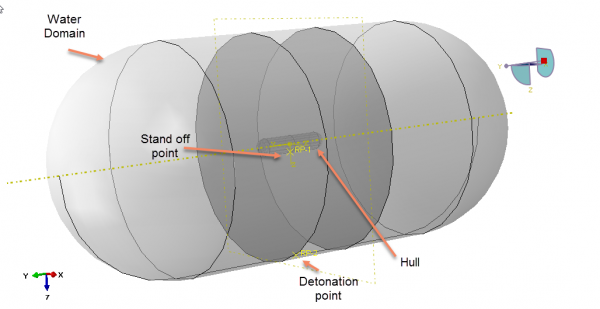
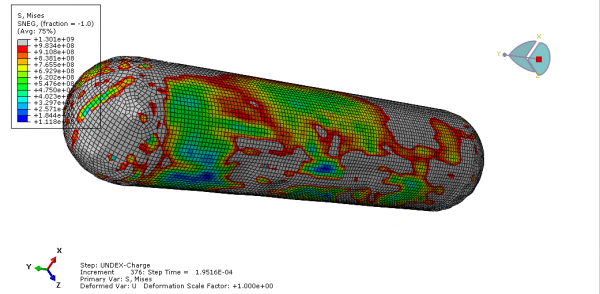
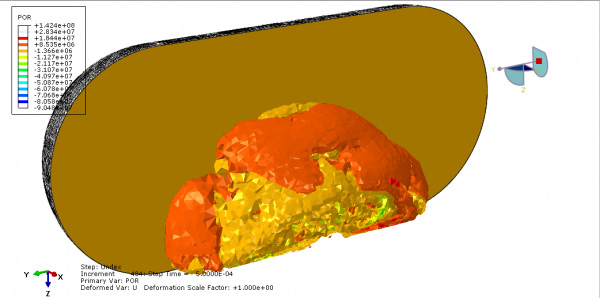
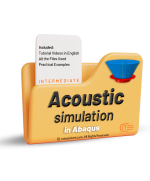
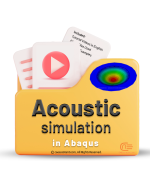



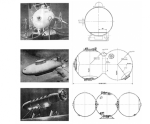












Reviews
Clear filtersThere are no reviews yet.